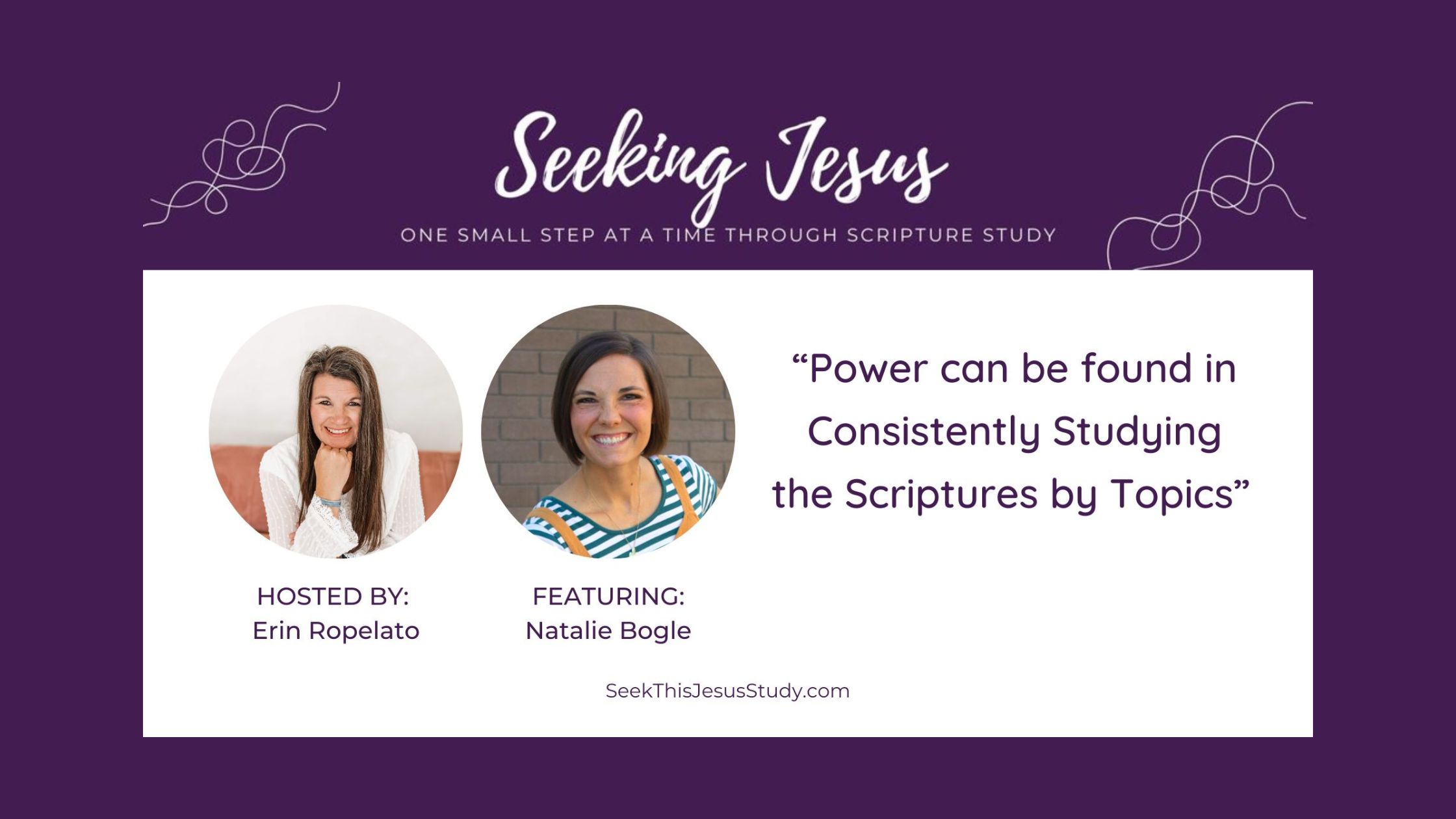
From Overwhelm to Anchored: Natalie Bogle’s Approach to Scripture Study
What if your scripture study could fit into your real life even in the messy, meaningful, motherhood moments? That’s exactly what we explored in this

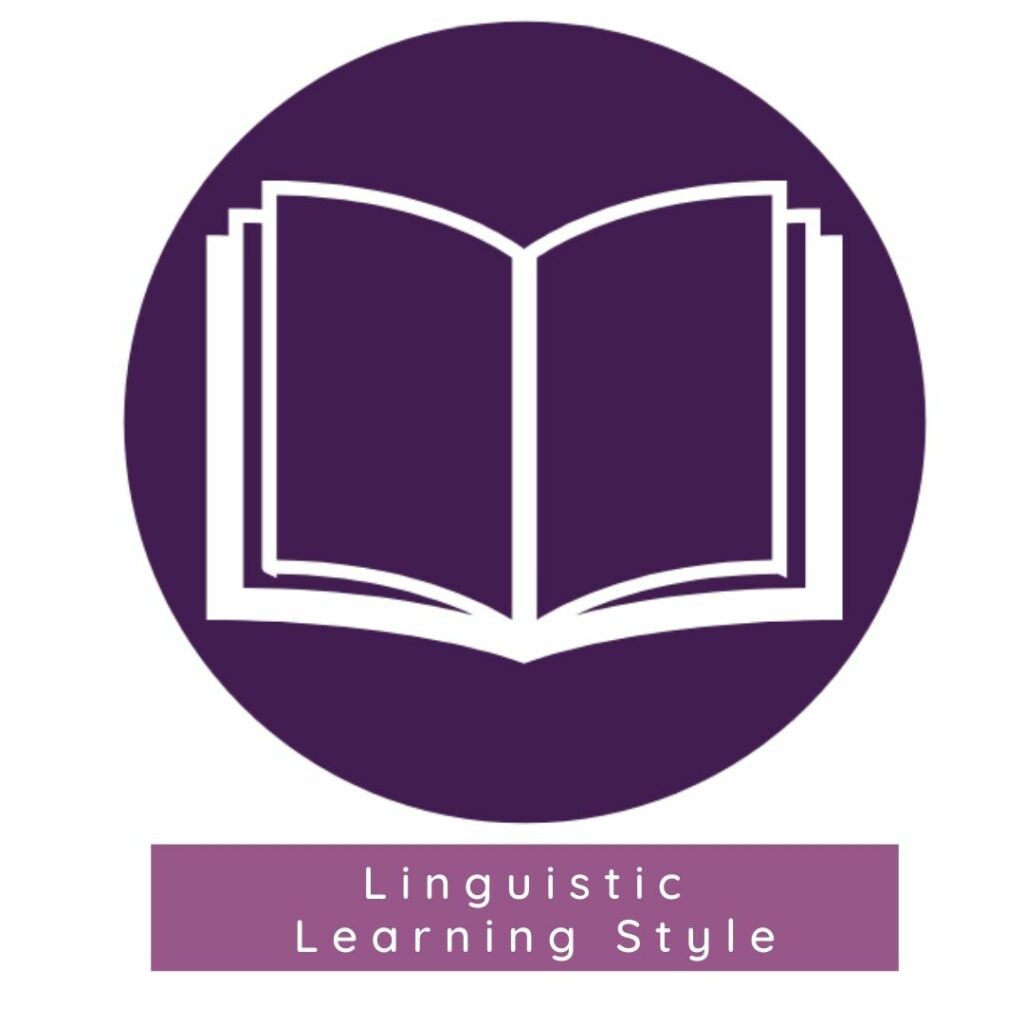
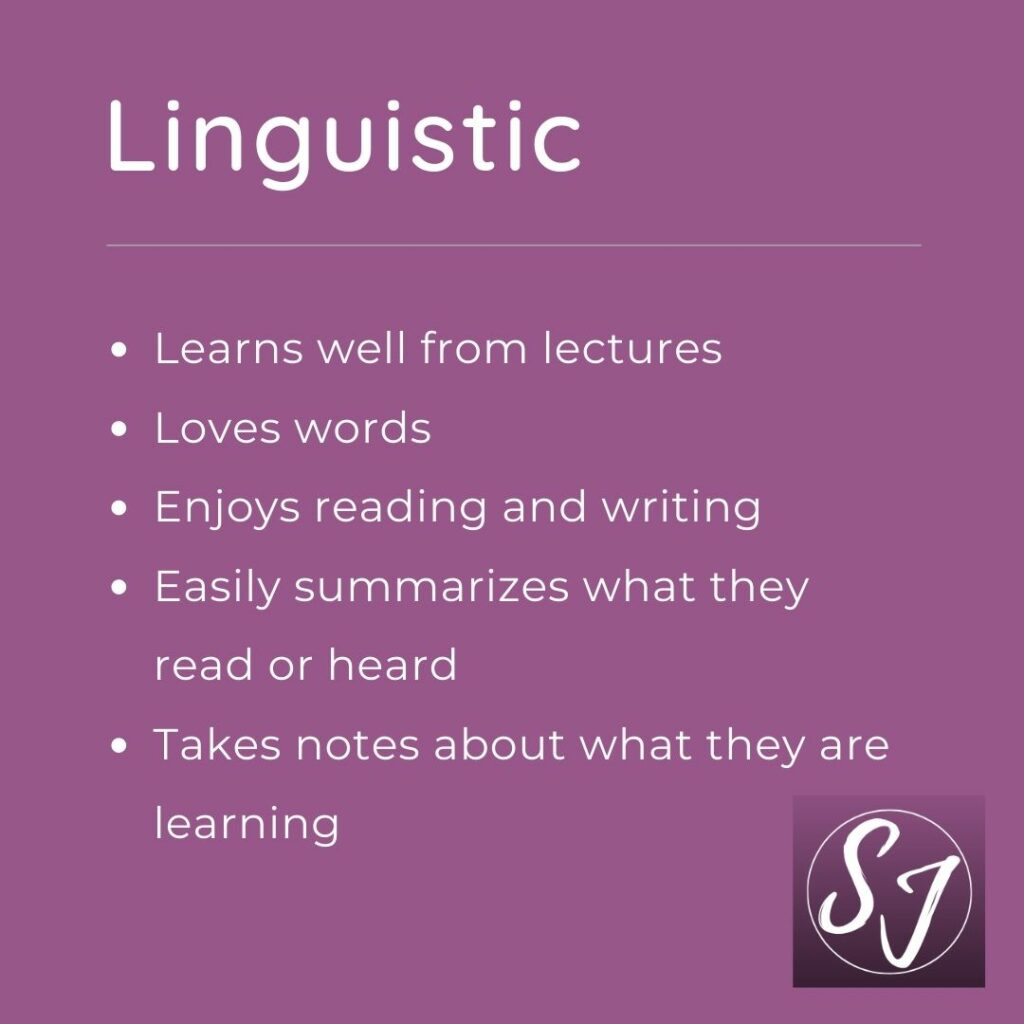
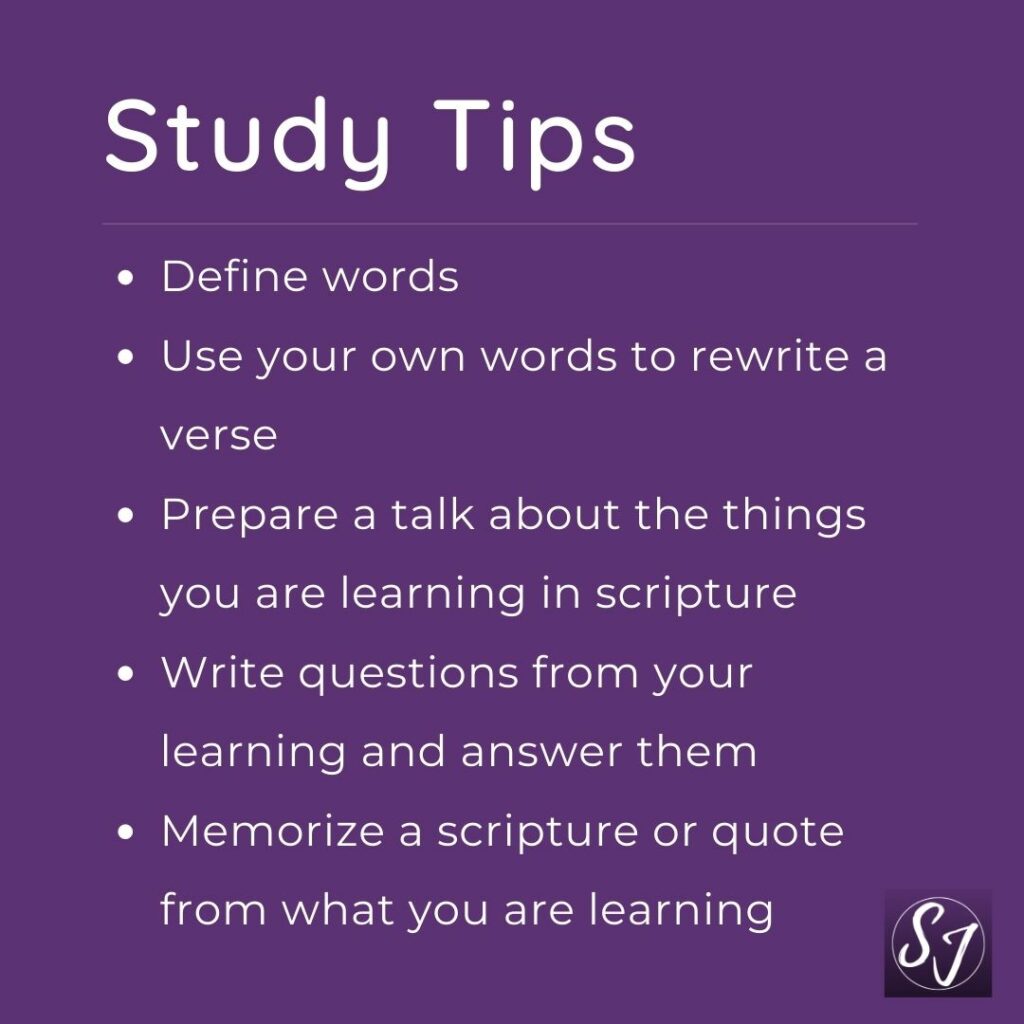
Linguistic Learners love reading, writing, and listening. They learn from lectures, note taking and summarizing what they are learning. Linguistic learners love words— their definitions and origins. “Traditional” school settings have always catered to Linguistic Learners.
While studying the scriptures, linguistic learners can write questions and search to find the answer to their questions. They can prepare talks about a specific gospel topic by reading or listening to General Conference talks on the subject as well as scripture on the topic. Linguistic learners can memorize key scripture or quotes. They can find the definition of words they are reading to understand them better. You can also read a verse of scripture and then write it again in your own words.
All learning styles use the Linguistic Learning style to acquire the scripture text by reading or listening to them. In short, all learning styles rely on the Linguistic Learning— a style we all use all the time.
Enjoy seeking!!

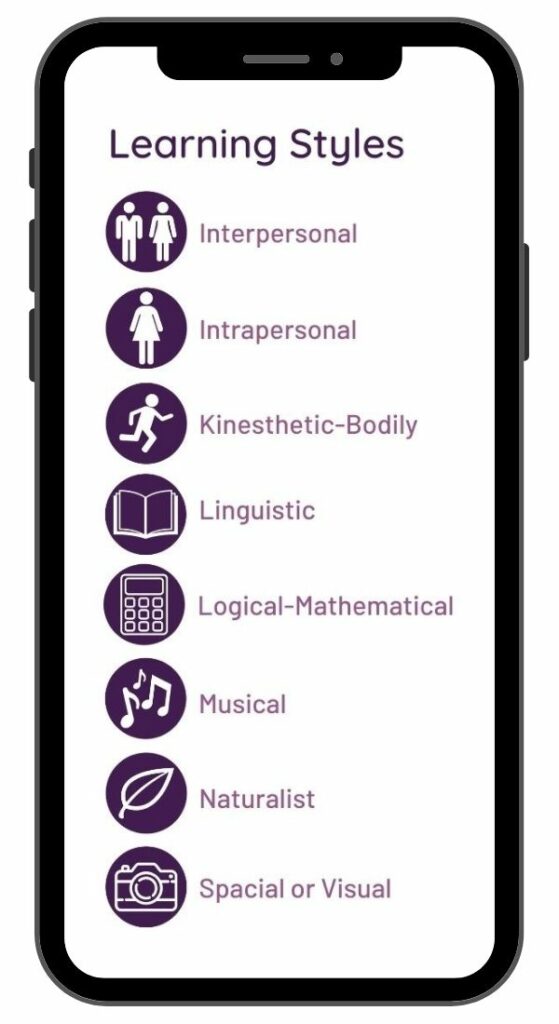

What if your scripture study could fit into your real life even in the messy, meaningful, motherhood moments? That’s exactly what we explored in this

“Be Thou My Vision”: A Story of Overcoming Illness with Faith Faith is more than just believing in the good times. It’s about trusting in

God’s Kindness in the Mess Life doesn’t have to be perfect for God to show up. That’s the message Michelle Cox gently reminds us of
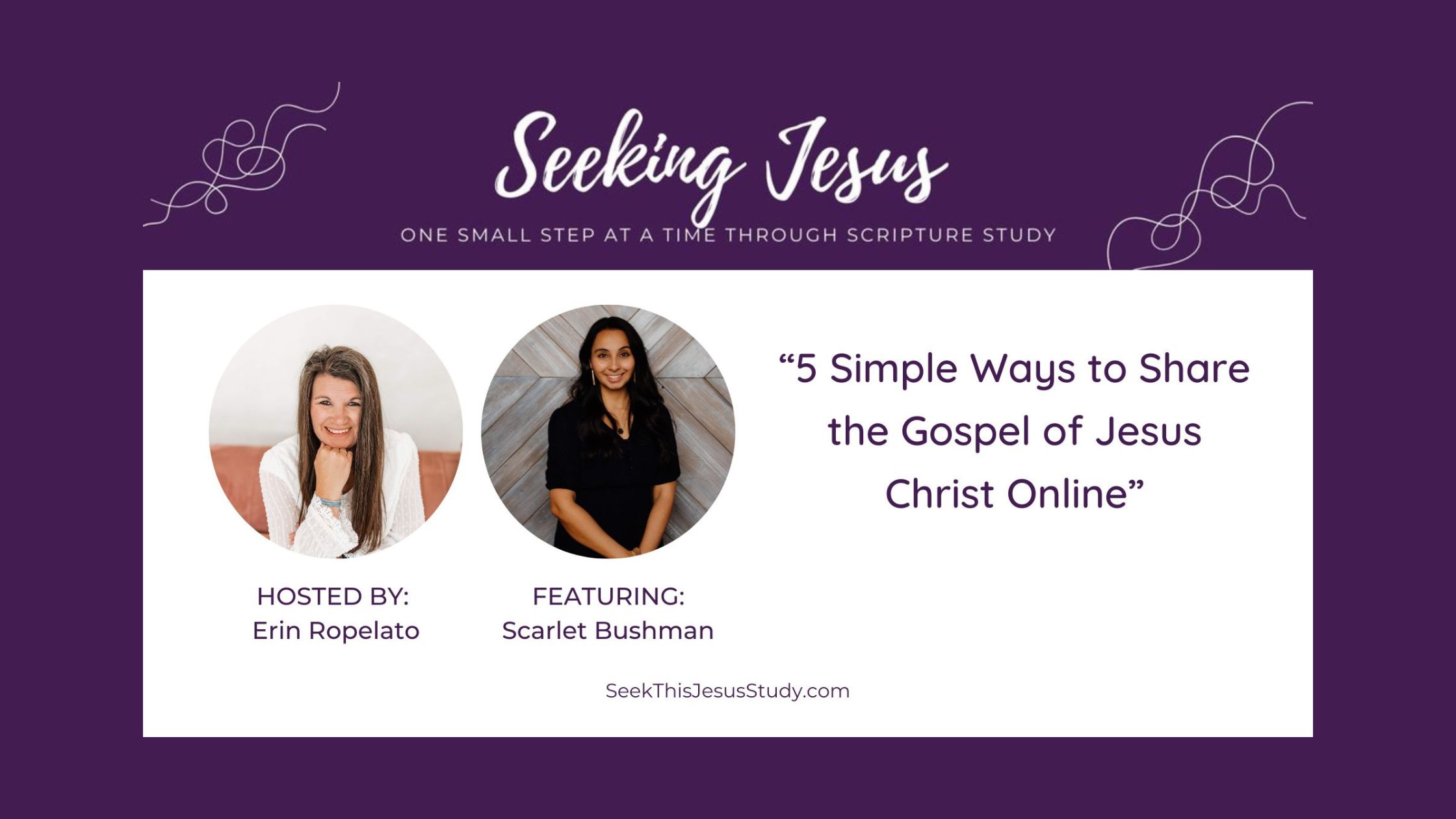
Overcoming Fear and Sharing Your Light Online In today’s world, sharing the gospel doesn’t have to be complicated or intimidating. As we embrace technology and

Rebuilding Faith, Finding Intuition & Living Authentically When Faith Evolves What happens when the faith you grew up with no longer fits the person you’re
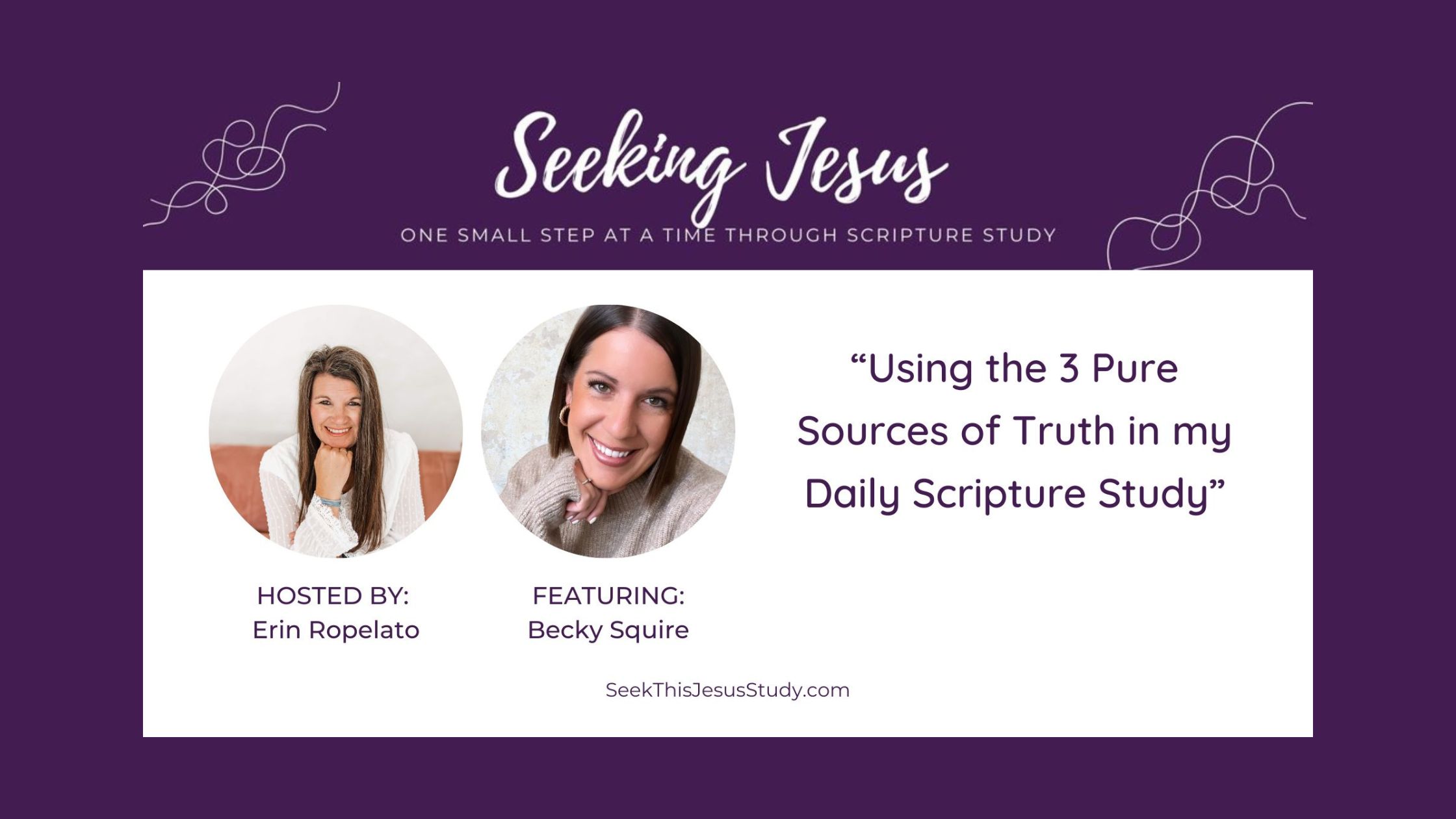
“Why Personal Scripture Study Brings Greater Revelation” In today’s world, there are so many ways we can supplement our scripture study. Podcasts, devotionals, Instagram posts,
Identify your learning styles and find joy in your scripture study
Thank you for joining my email list! I can’t wait to spoil you and promise to keep your email address private
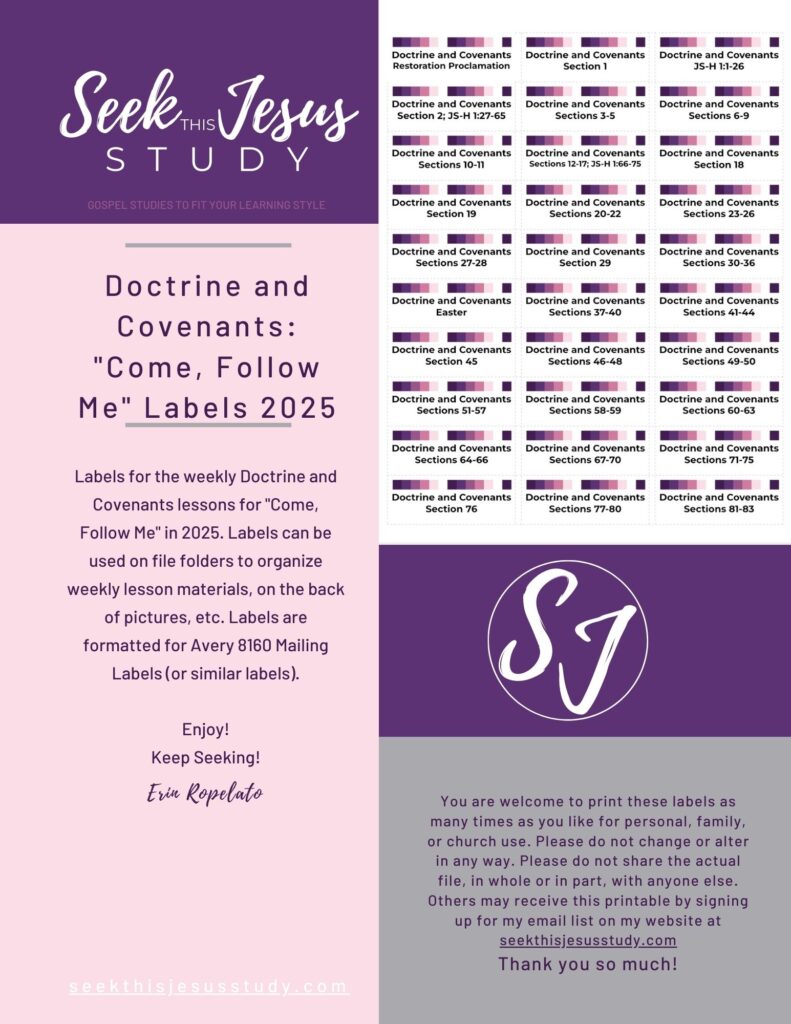
Keep all your materials together and easy to find and use each week as you study.
I will send you regular emails designed to help you love your gospel study. No spam. Promise.